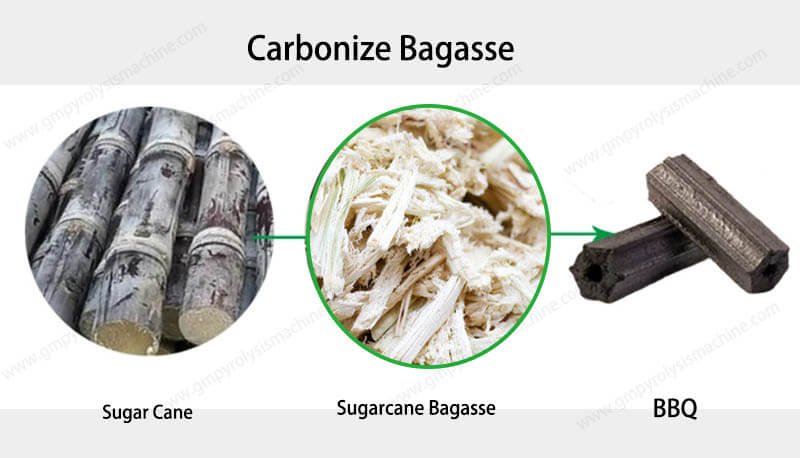Palm kernel shell (PKS) charcoal is a versatile and eco-friendly product, gaining popularity as a renewable energy source. It’s not only used in the energy sector for power generation and heating but also in industries like metallurgy, agriculture, and even in the production of electronic components. If you’re interested in tapping into this sustainable market, this guide will walk you through the process of making palm kernel shell charcoal.
Understanding Palm Kernel Shells
Palm kernel shells are a by-product of the palm oil refining process. After extracting the oil from the palm fruit, the hard outer shell remains, which is rich in fiber and has strong structural properties. These characteristics make PKS an ideal raw material for producing high-quality charcoal.
The Process of Making Palm Kernel Shell Charcoal
1. Collection and Preparation:
The first step involves collecting the palm kernel shells. They should be clean and free from any contaminants. Proper sorting and cleaning ensure that the final product is of high quality. Once collected, the shells need to be dried to reduce their moisture content, which is crucial for efficient carbonization. Drying can be done naturally under the sun or using mechanical dryers for a faster and more controlled process.

2. Carbonization:
Carbonization is the heart of the charcoal-making process. This step requires placing the dried palm kernel shells in a carbonization furnace or a specially designed charcoal cellar. The goal is to heat the shells in an oxygen-limited environment to around 400-500°C (752-932°F). During this process, the volatile compounds within the shells are released, leaving behind almost pure carbon. The duration of the carbonization process can vary, typically lasting several hours, depending on the specific conditions and desired outcome.
3. Cooling and Sorting:
After carbonization, the charcoal needs to cool down. It’s important to allow the charcoal to cool gradually to prevent it from breaking due to thermal shock. Once cooled, the charcoal can be sorted based on size and quality. Sieving and grading machinery can help with this process, ensuring that the final product meets the required specifications.
4. Packaging and Storage:
Proper packaging is essential for preserving the quality of the palm kernel shell charcoal. It should be stored in a dry place, protected from moisture, which could otherwise affect its burning properties. Using bags or containers that are sealed and labeled clearly with the product details, including weight, grade, and origin, enhances its marketability and ensures safe transportation.
Applications and Market Potential
Palm kernel shell charcoal is valued for its high calorific value and low ash content, making it an excellent alternative to traditional fossil fuels. Its applications span across various sectors:
Energy: As a biomass fuel for generating electricity, heating, and cooking.
Industry: In metal smelting as a reducing agent, and as a raw material for manufacturing activated carbon, carbon black, and electrodes.
Agriculture: As a soil conditioner or organic fertilizer, improving soil fertility and promoting plant growth.
Countries with significant palm tree cultivation, such as Indonesia, Malaysia, and Nigeria, are key producers of palm kernel shell charcoal. The abundant supply of raw materials and relatively low production costs present a promising opportunity for entrepreneurs looking to enter this growing market.
By following these steps, you can successfully produce high-quality palm kernel shell charcoal, contributing to a more sustainable future while capitalizing on a lucrative business opportunity. Whether you’re an established company or a new entrant, the demand for eco-friendly products like PKS charcoal is on the rise, offering a pathway to success in the green economy.




